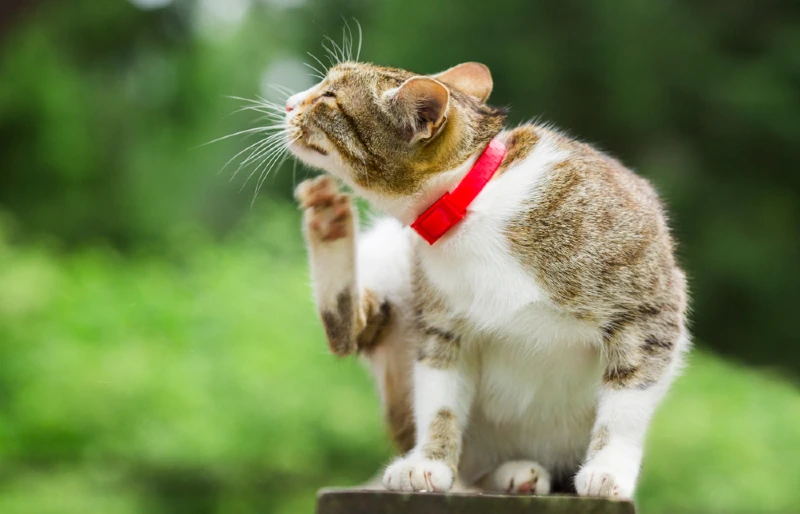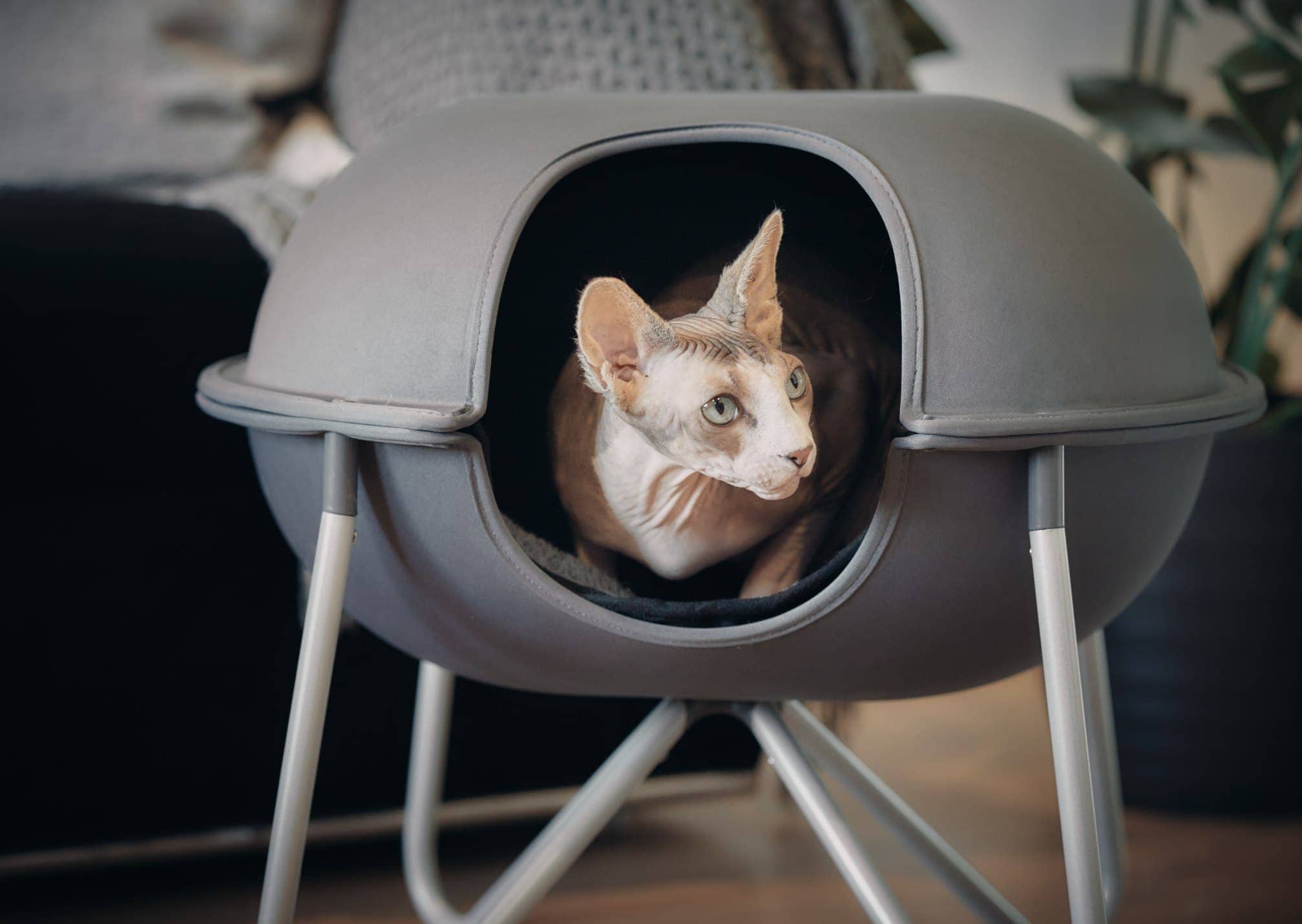Why Do Cats Smell Each Other’s Butts? 6 Possible Reasons (Vet Reviewed)

Updated on
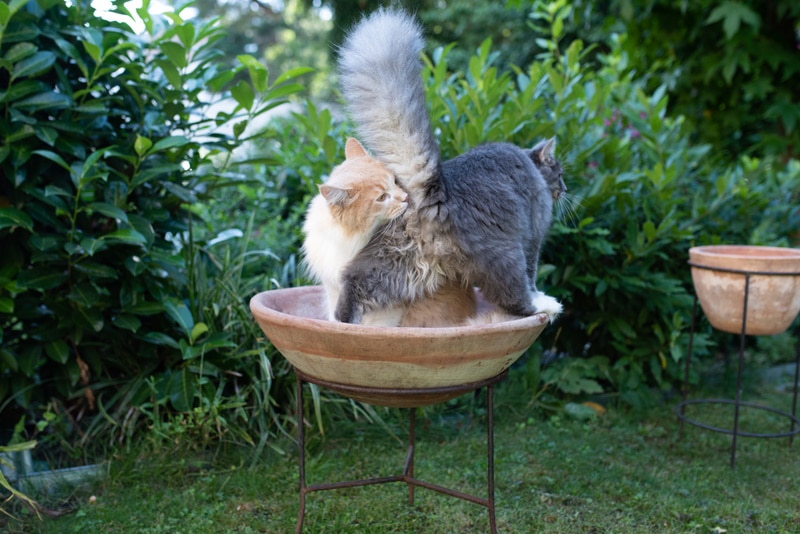
If you’re a cat owner or even a keen observer, you’ve probably witnessed this seemingly peculiar behavior when your feline friend approaches another cat and sniffs their butt. When cats meet, they tend to sniff each other’s rear ends, and while this behavior may be strange to us, it is perfectly normal for cats. In fact, smelling each other’s butts is a critical aspect of feline communication, and, to them, it’s simply saying “Hello!”
A cat’s primary means of identifying people and its cat buddies is through the sense of smell. While human beings have a respectable 5 million scent receptors, our feline companions have an outstanding 200 million, making their sense of smell 14 times stronger than ours. Let’s explore a few reasons behind cats’ weird, butt-smelling mannerisms.
The 6 Reasons Why Cats Smell Each Other’s Butts
1. Getting Information
The key reason that cats sniff each other’s rears is to get information about each other. Anal scent glands are found on either side of the rectum in cats. These glands emit a distinct scent unique to each cat. Although our kitty friends mainly tell each other apart using facial pheromones, butt-sniffing is a good alternative due to a stronger, more distinctive smell from a cat’s anal scent glands. Apart from the anal scent, these household felines have a number of scents that they use to communicate, detect strangers, find potential mates, and establish territory and dominance. These include:
- Facial pheromones
- Urine marking
- Saliva on their fur
- Breath
- Paw pads
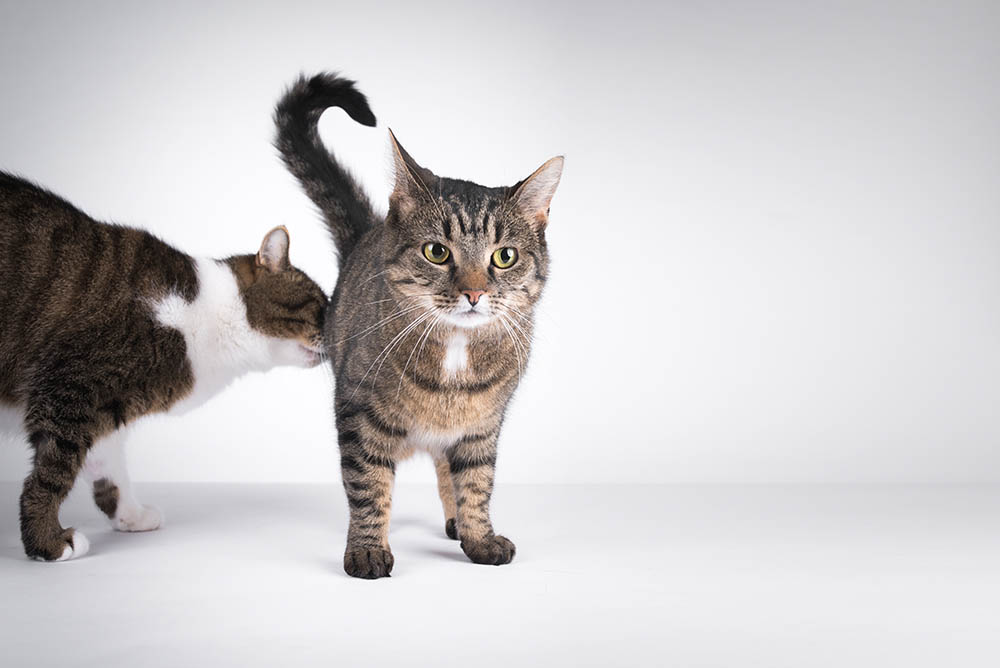
2. Expressing Acceptance of Dominance and Submission Roles
Cats demonstrate acceptance toward each other a bit differently than humans or dogs. While the primary objective of a cat’s butt-sniffing is to gather info on sex, age, reproductive status, and health, it could also be to convey acceptance, fondness, and assurance. Both cats allowing their butts to be sniffed and sniffing each other’s rears is a sign that the cats are agreeing to explore and learn about each other. Kittens sniff and groom each other playfully as a form of social interaction. In adult cats, it is usually the dominant cat that initiates the sniffing, and the submissive cat needs to accept their butt to be sniffed.
3. Marking Territory
Cats have another instinctual reason to sniff each other’s bottoms, which is linked to territorial impulses. Cats are highly territorial animals that mark their territory with scents. A cat’s anal scent glands produce a more pronounced and one-of-a-kind odor that they can use to claim their space. When cats rub their backsides on your carpet, for instance, they leave behind their individual scents to let other cats know to steer clear. They may then sniff one another’s butts to identify this scent.
4. Interacting Socially
Cats are social creatures that use scent markings to form social ties with other cats. When cats greet each other with a sniff, they exchange pheromones that help them understand and strengthen their social bond. Our whiskered pals use these pheromones to convey information to other social circle members. In addition, they get a whiff of each other’s butts to build a sense of familiarity and comfort with one another.
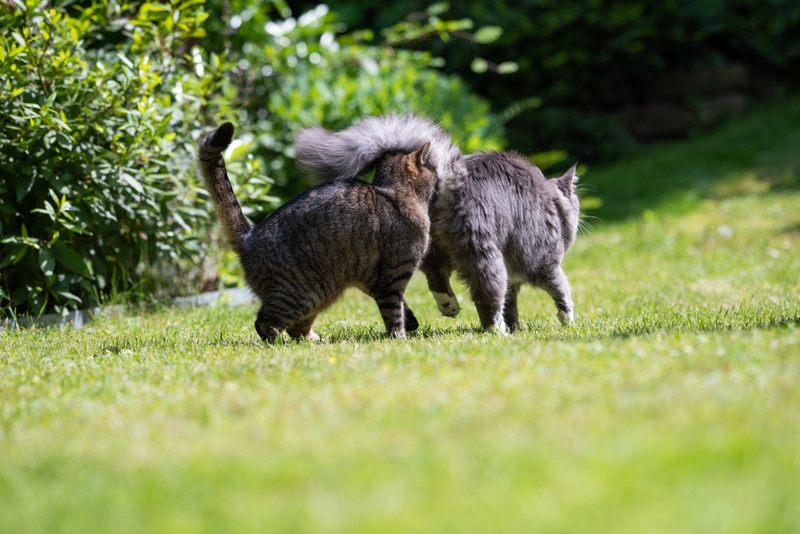
5. Being Curious
Felines may smell each other’s butts out of mere curiosity. Cats are inquisitive creatures constantly exploring their surroundings, including their fellow kitties. Cats may gather information about other cats in their habitat by smelling each other’s butts.
Rear-end sniffing among cats can also be a means to learn more about others’ habits and behaviors, by identifying movement trails and habitual patterns. Simply put, our adorable furballs acquire vital insights about their social world by smelling one another’s butts.
6. Detecting Hormonal Scents
Female cats also emit a unique scent when undergoing hormonal changes. When female felines are in heat, this distinct smell is picked up by tomcats from as far as a mile away!
You might have heard that cats can detect early signs of pregnancy from their human companions, but is it true? Yes! Human beings also undergo hormonal changes due to an increase in the production of various physiological chemicals such as:
- Human chorionic gonadotropin (hCG)
- Estrogen
- Progesterone
These biochemicals alter your body’s natural scent, and our awesome pets can discern these changes early on.
Conclusion
Strange as it may be to us, butt-sniffing is pretty standard for our precious fur babies. Remember, cats and other animals rely more on smell than we do, so signaling through odors is invaluable in their world.
Hopefully, the next time you see this quirky mannerism, you won’t be in the dark about what’s going on!
Featured Image Credit: Nils, Jacobi, Shutterstock


